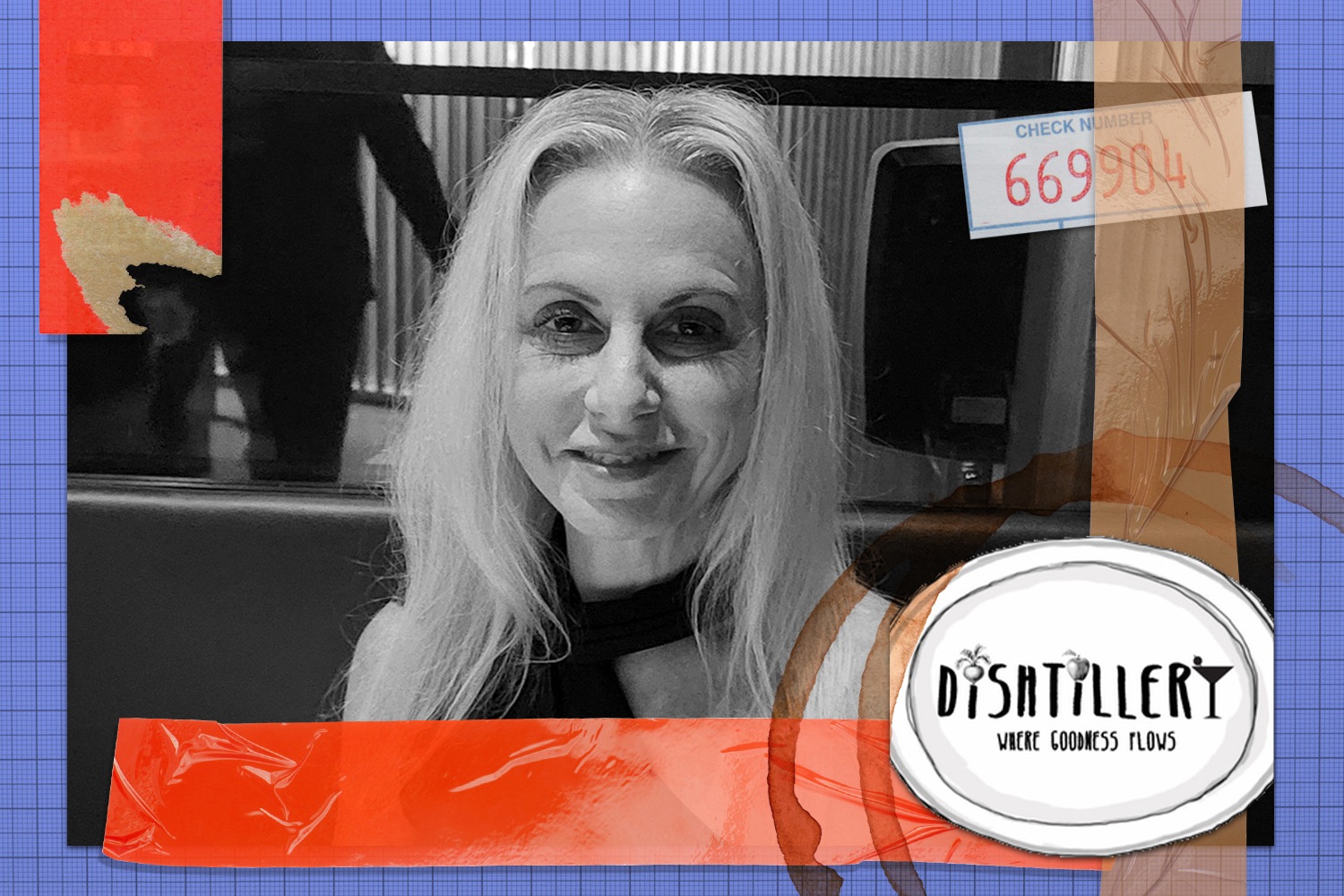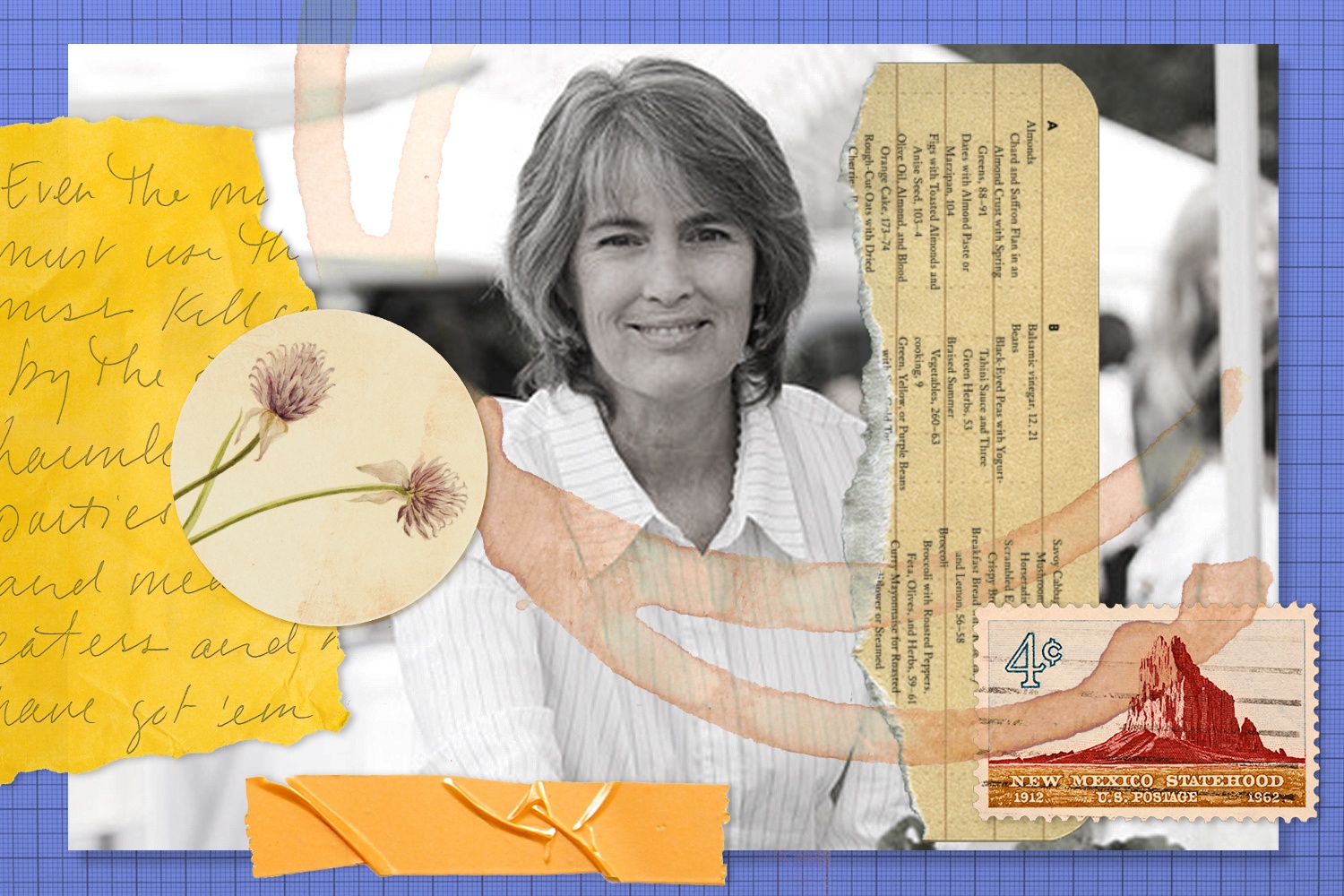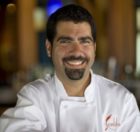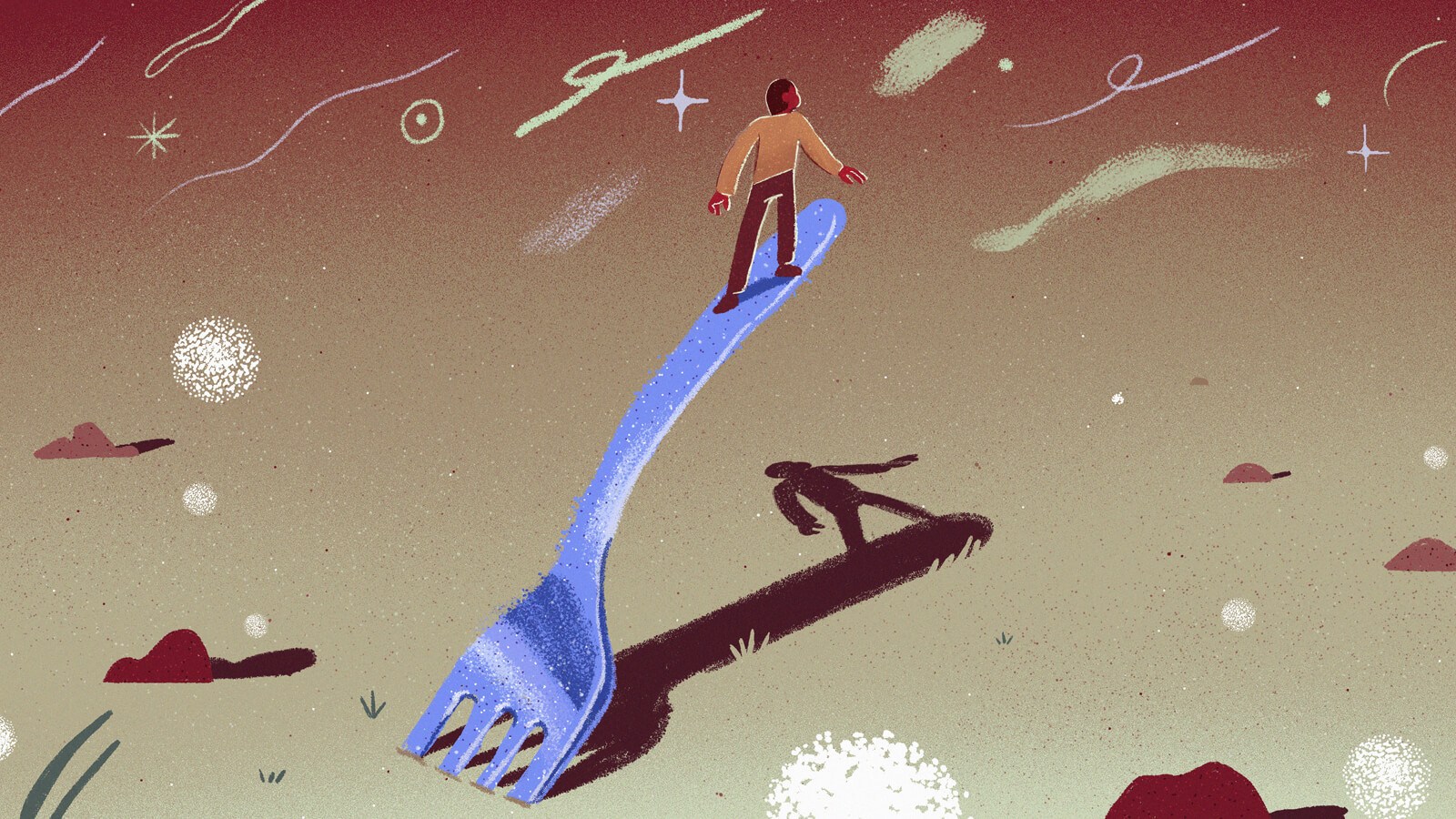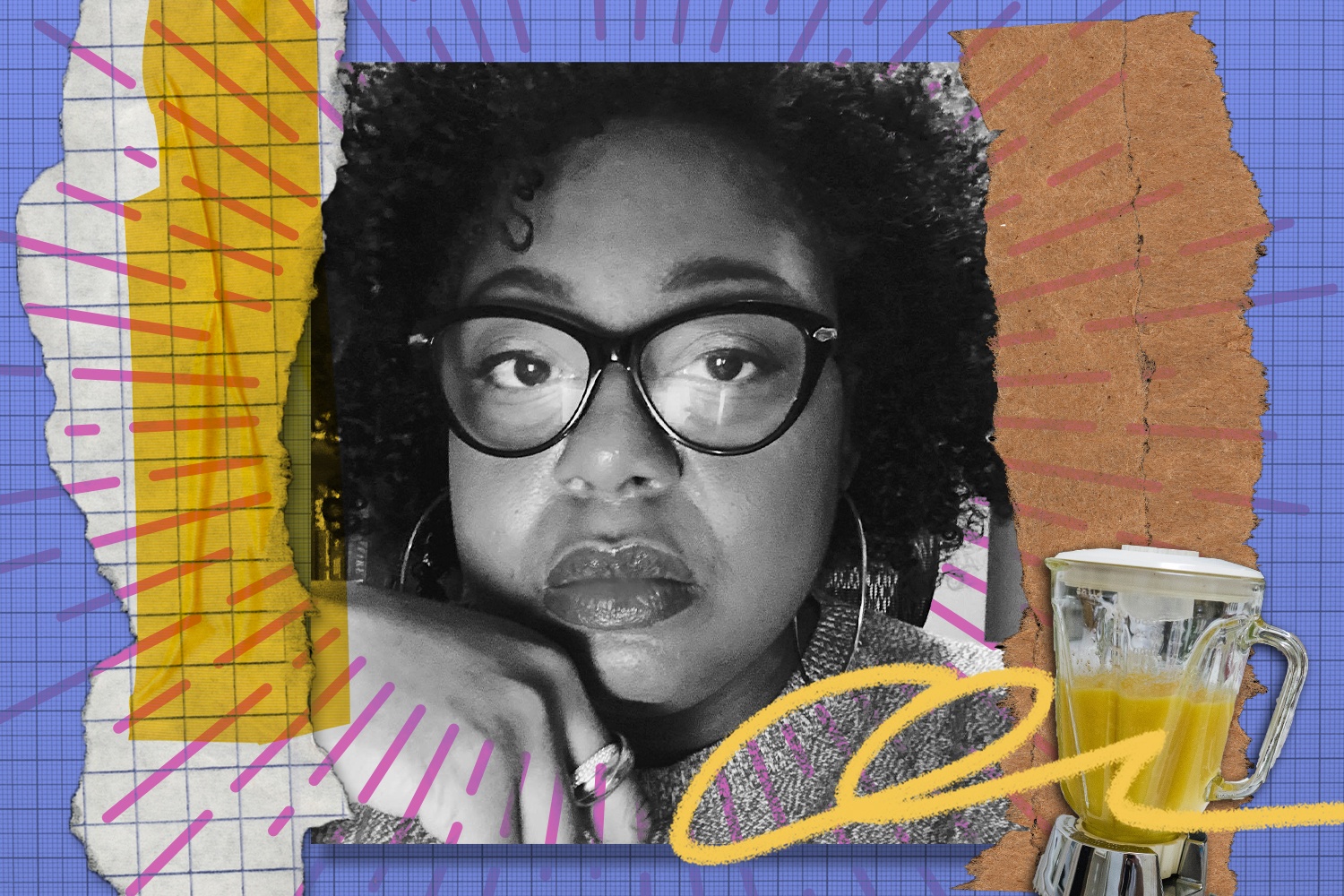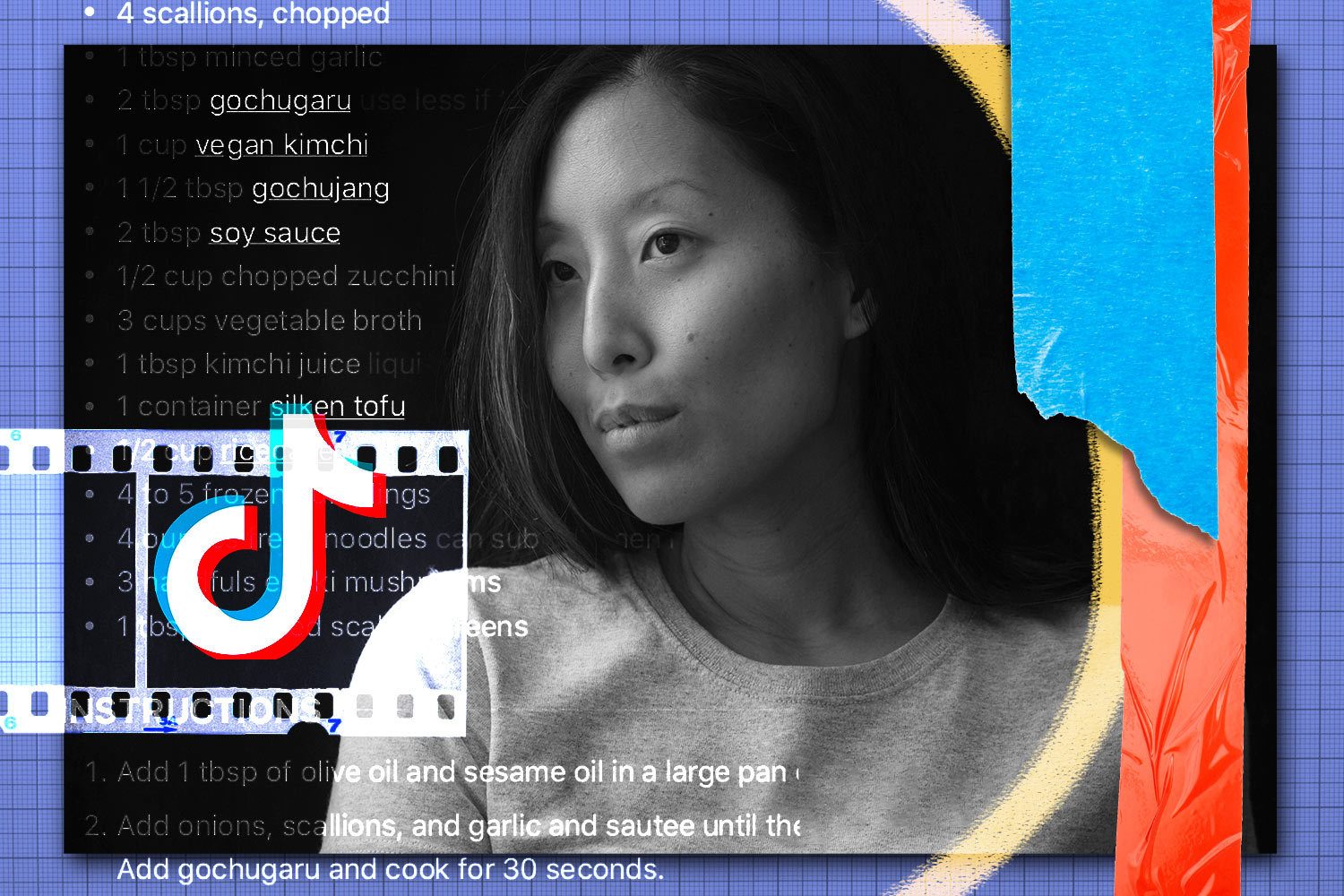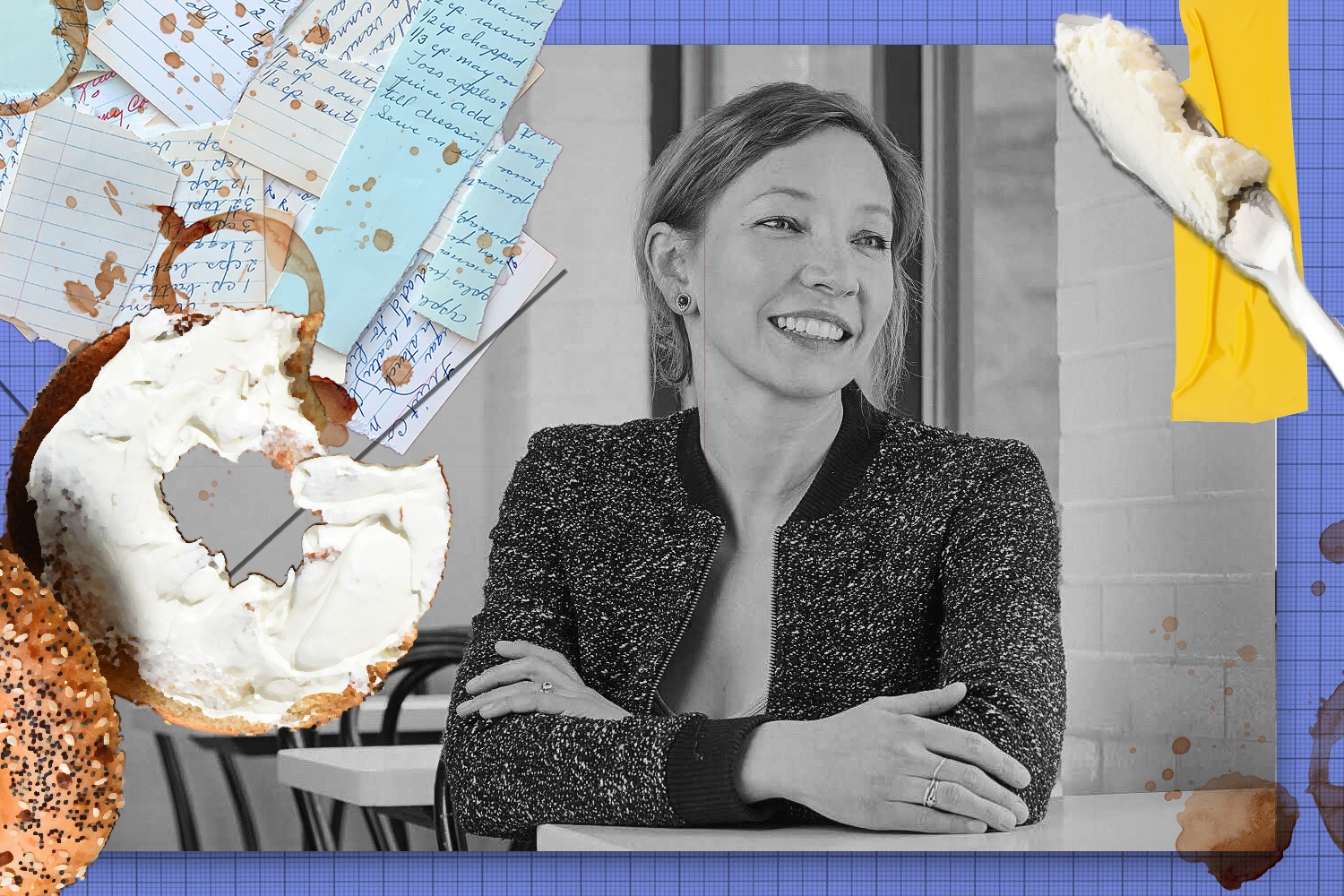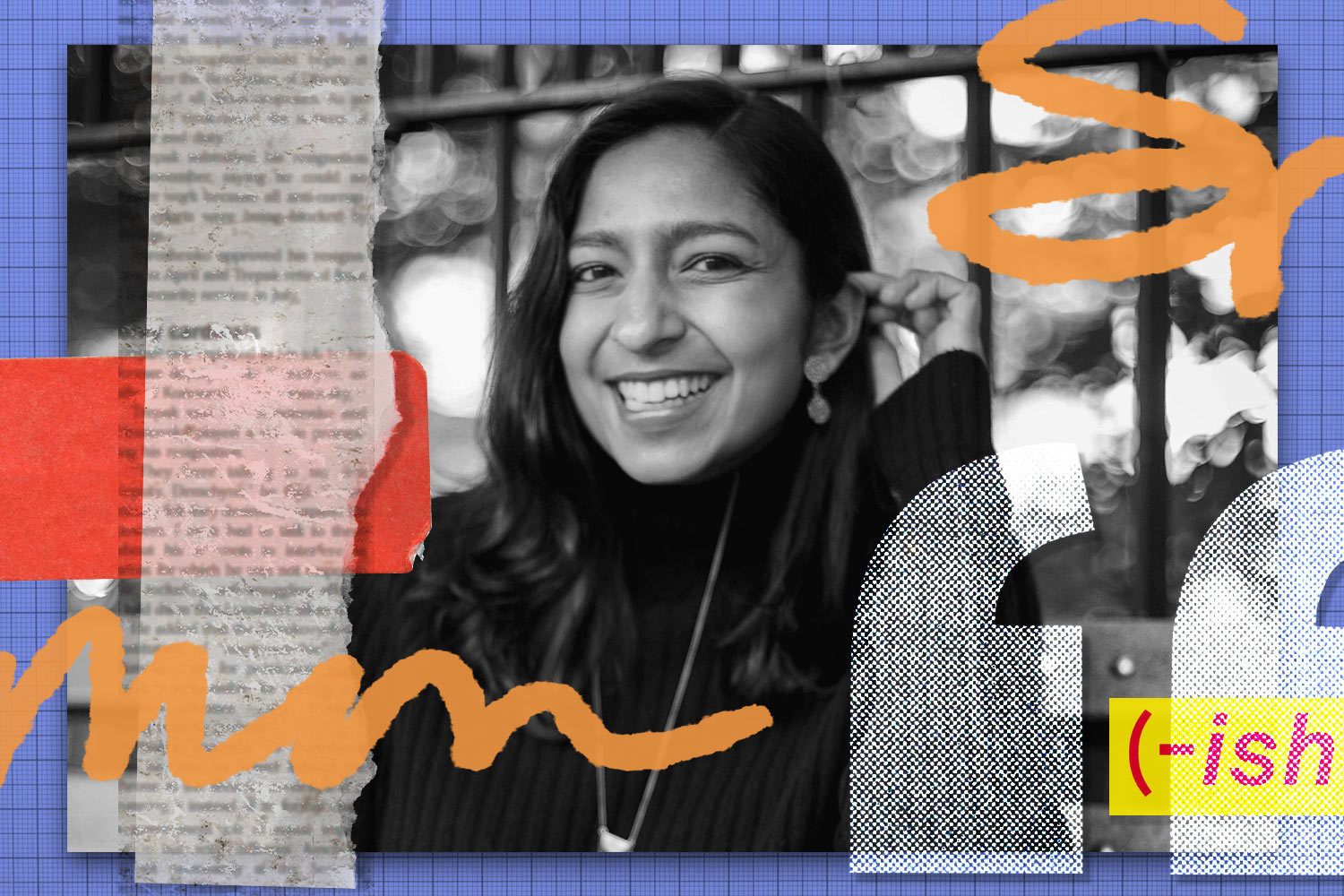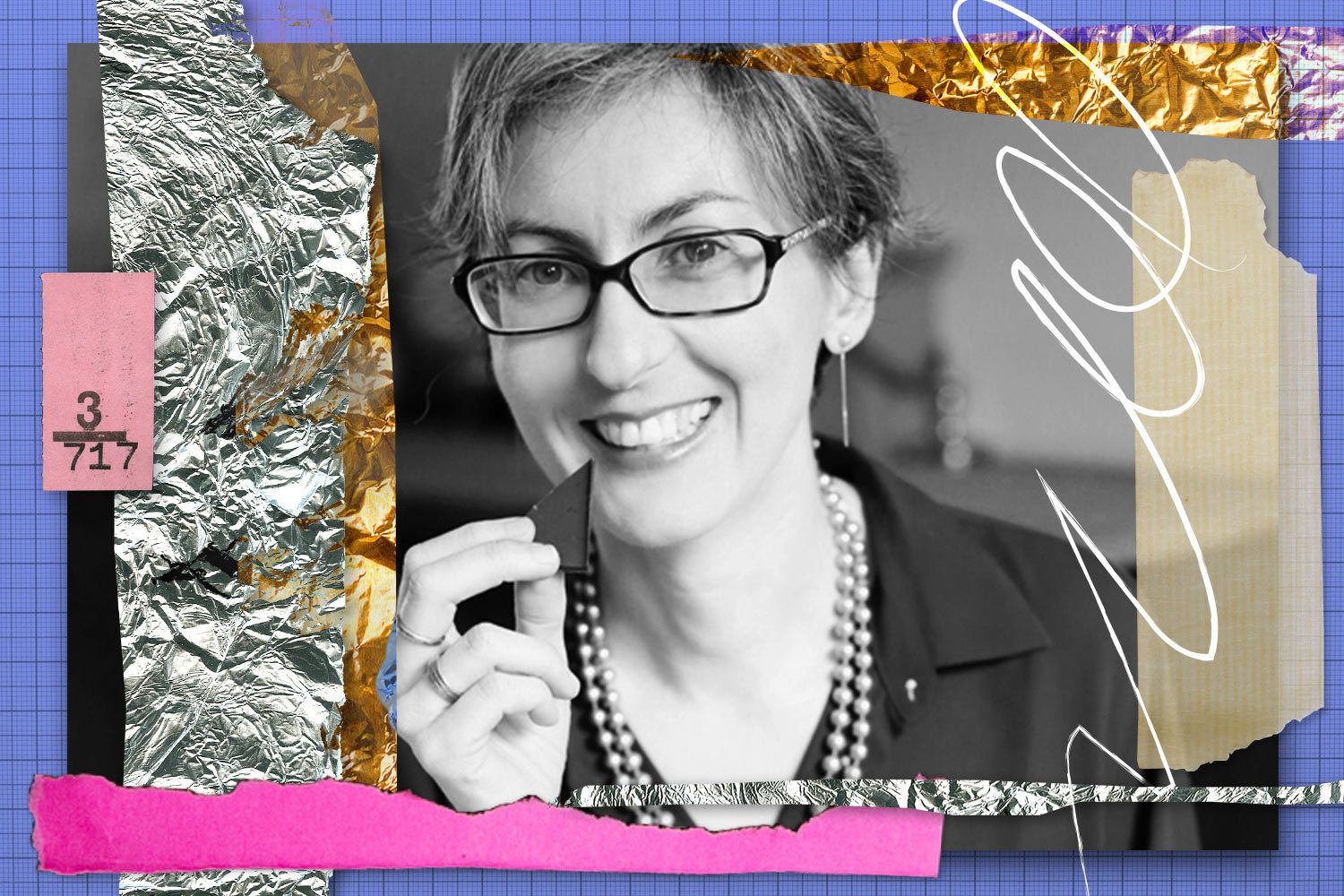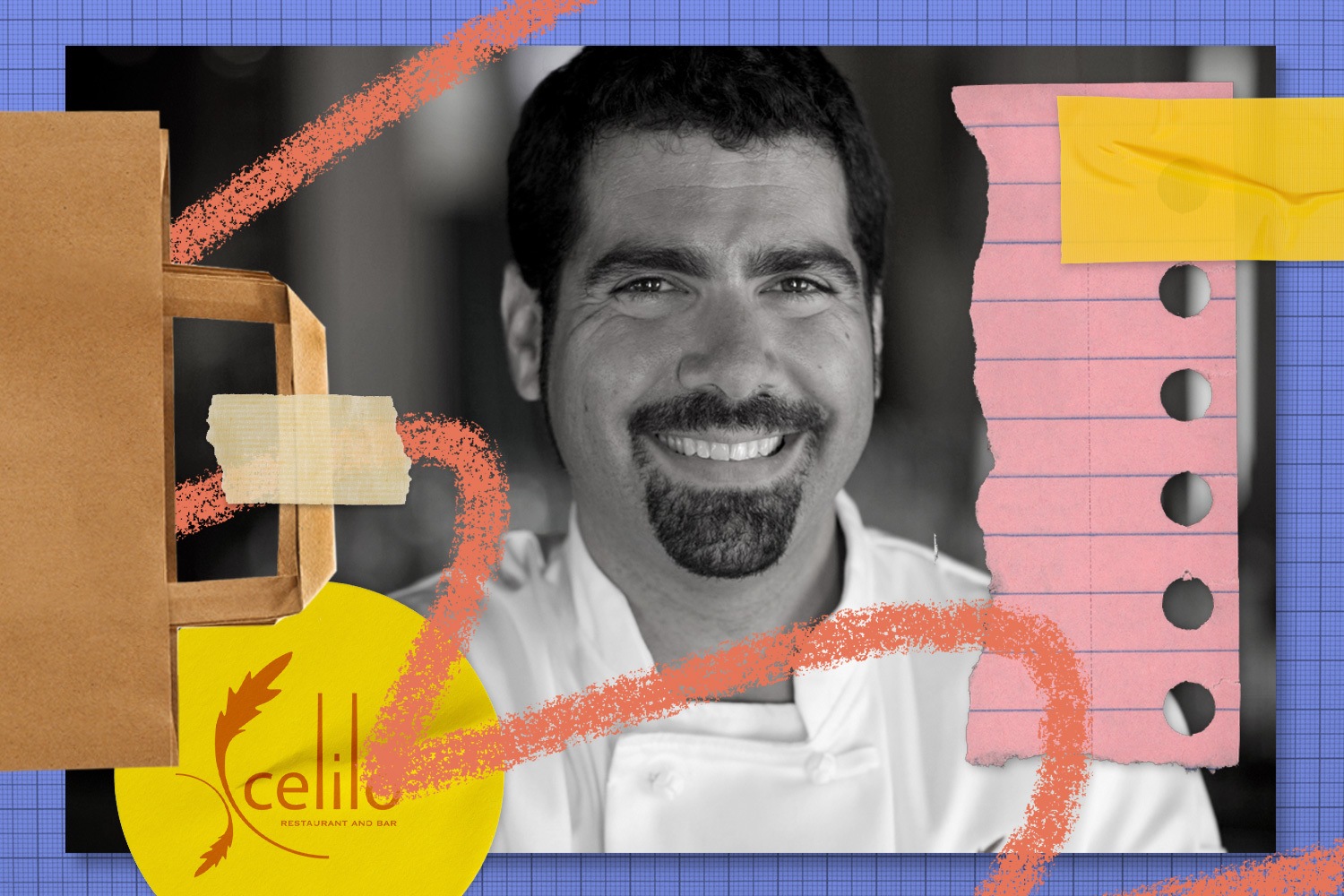
Portrait: courtesy of Ben Stenn | Collage: The Counter/iStock
For chef Ben Stenn, a pandemic-induced takeout operation made little sense. Feeding his staff, first responders, and a community in need did.
Ben Stenn is the co-owner of Celilo, a restaurant he opened in Hood River, Oregon in 2005. Though Celilo is in the category of fine dining, Stenn considers it a neighborhood restaurant where people come to get a meal that’s carefully put together—where the food is locally sourced from farmers, fishermen, ranchers, and foragers who have developed personal relationships with Stenn over the years. Last March, when Governor Kate Brown ordered all restaurants in the state to shut down indoor dining operations and provide limited takeout and delivery services to prevent the spread of Covid-19, Stenn decided that switching to takeout wouldn’t be the right approach for Celilo. But he knew there was one thing he wanted to do: feed his community.
—
March 16, 2020 was the day we learned we had to close. We had talked about what we would do as a business moving forward, among my partners—you know, why do we do what we do and what makes us proud? Service is a big part of what we do and the wine list is a big part of what we’re proud to share. We felt like our operation was really hobbled.
So the big pivot was, okay, we’re going to close for a while. We did the businesspeople math and figured out that the losses associated with trying to do to-go food were going to be very similar to if we closed the restaurant in its entirety. At that point, I felt like, “I don’t want to swim upstream trying to become a taco restaurant.” This is a Sunday night and we gathered the crew together and said, “Okay, we are not going to open tomorrow. But we are going to stick together. We are going to support each other and we will be here to reopen with this same group of people when we’re ready to get this going again.” We didn’t formally dismiss anyone, we just said we don’t have work for you. Basically, everyone was on unemployment. That’s the bummer reality of it.
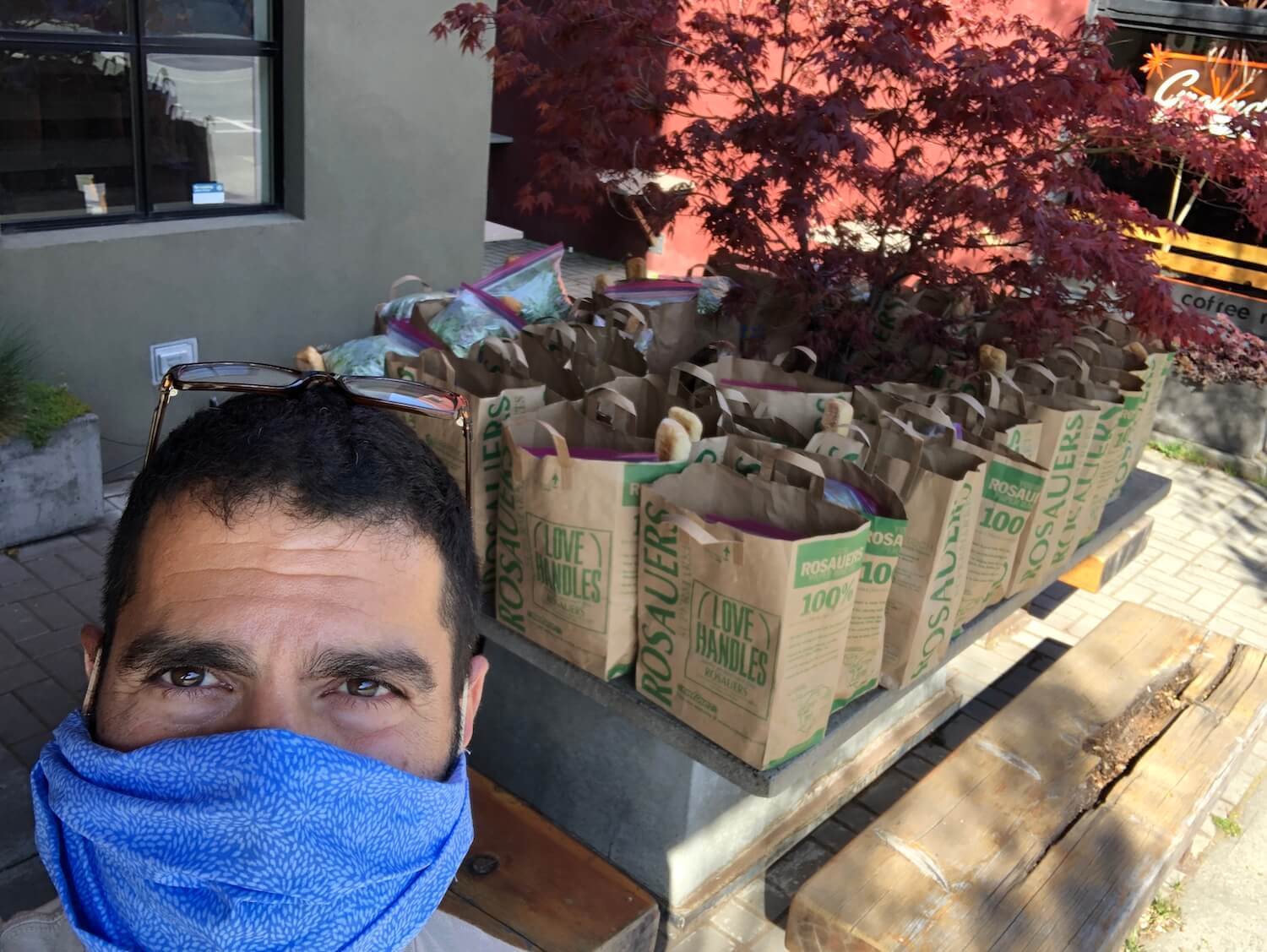
Ben Stenn is the co-owner of Celilo, a restaurant he opened in Hood River, Oregon in 2005. During the pandemic, he shifted the fine dining operation towards food distribution.
Courtesy of Ben Stenn
We then had a cooks’ meeting in the kitchen: Let’s go through the list here, let’s start packing food, what can be frozen, preserving things that can be preserved, and what’s perishable and cannot be saved. Let’s pack up to-go bags for the staff and send everything home with them. That was an a-ha moment because I looked at this and I thought, “Okay, this. This is what we do.” We put together a week’s worth of food for our crew and had people come back on Tuesday to do it again to prep food for pick-up. And we did it again on Saturday.
I talked to a friend in the medical field and asked, ‘How do we do this? Is this a safe thing to do?’ We didn’t know everything that we know today. But his answer was, ‘Yes, just isolate your groups of people. Choose teams, bring in two to three people for one team, and two or three people for another team and just don’t mix them up. Everybody’s responsible for everybody else. If you limit your exposure and personal decisions, then that’s going to help everybody else.’
We had unintentionally created a support network for our people that grew to a slightly bigger one to help other people as well.
So we started working in these A and B teams and cooking through the inventory. Then, because it’s a small town, the list of people we were feeding started to grow. What cooks will tell you is that if you’re cooking for 20, it’s an afterthought to cook for 30. If you’re cooking for 30, you can cook for 50. It’s not that much more work once you bring a group of people together. Pretty soon, we were cooking for 50 and the list grew to first responders that we knew or nurses in the hospital who we wanted to help out, or people who lived up the valley who were elderly and didn’t want to make a trip into town or were concerned it wasn’t safe. It grew to 50 meals twice a week, which is a lot of food.
It started to become expensive because we had cooked and distributed everything that we had in-house. So then we’re working with farms who have lost their whole customer base for that time of year. We did a bit of farm work—you know, ‘Hey, let’s go out and harvest a little bit and we’ll trade labor for vegetables.’ That was really successful through the spring. Then we got a call from the Oregon Hospitality Foundation, which is a charitable group that basically helps people like us do what we’re doing. We had stumbled on this. We had unintentionally created a support network for our people that grew to a slightly bigger one to help other people as well. Packaging the meal kits and cooking the meal kits—that was 100 percent volunteer.
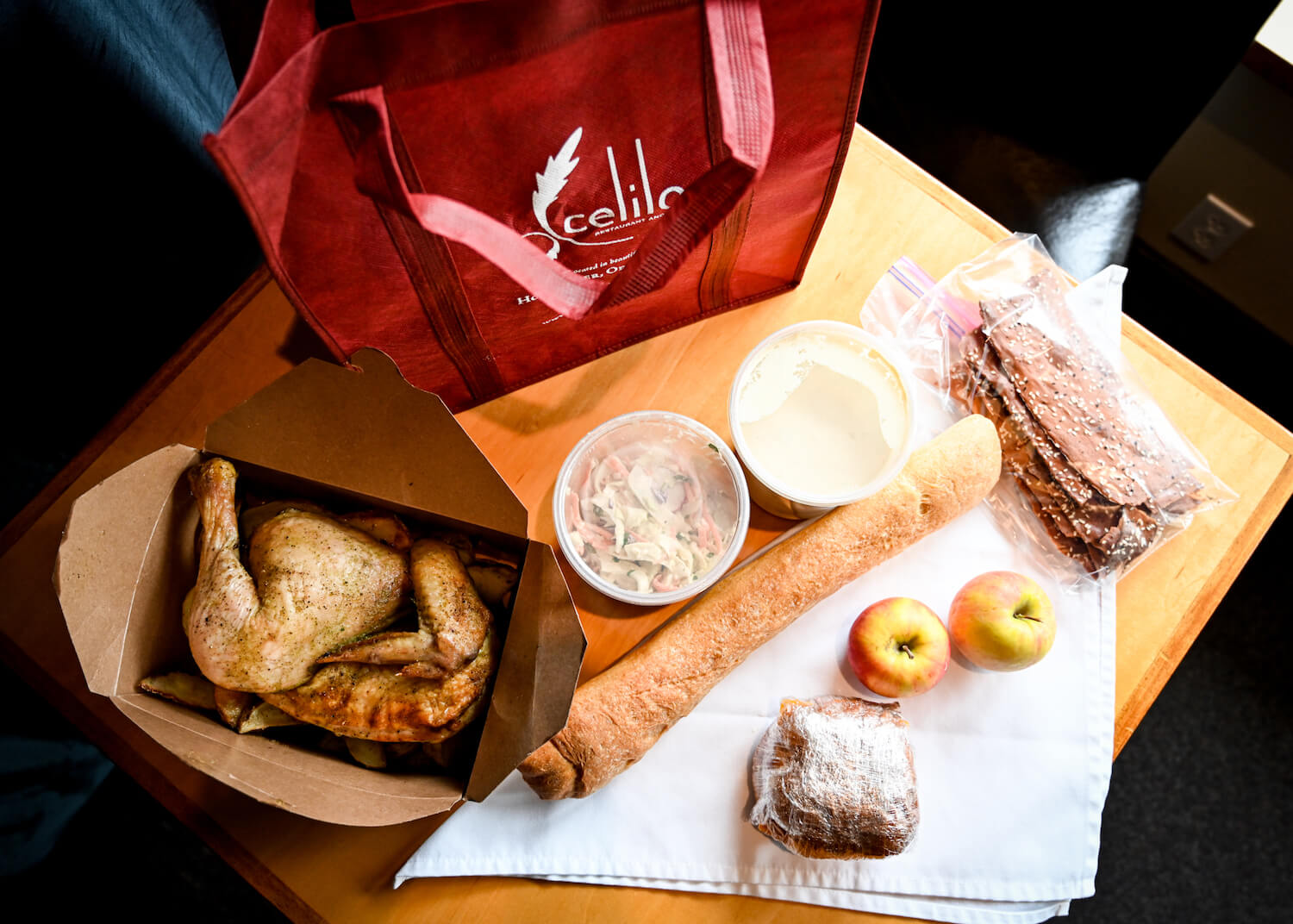
Stenn pivoted to packaged meal kits. After they cooked and distributed everything that they had in-house, they started to work with farms who lost their whole customer base.
Courtesy of Ben Stenn
The meal kits are different every time we prepare them, but it’s food for four people to sit down and eat at least one hearty meal, or maybe through the course of a day. What I’m going to pack today is going to be a stew—hearty pork and beans and vegetables. And then we’re baking bread—we always send loaves of bread from the restaurant. Then we have fruit that’s typically a donation from one of our local orchards. This is a fruit-growing region. Apples and pears and cherries are the things that grow here, so we always have an abundance of fruit. And then something to sweeten things up a little bit. I baked some cherry cakes that are in a little oil pan. And then there’s tofurkey and tofu broth. Carrot and celery sticks because those are durable and will add something crunchy. The Oregon Food Bank has been a donator of really helpful stuff like bulk foods—50 pounds of rice and grains and pasta and beans and things like that that are a good base or background for us to build on.
I think June 20 is when we opened again. Everybody came back, we’re feeling good, we’re going to do this. At the point of reopening, we had taken a week off of the meal kits and we realized, you know, it’s not that much more work for us because we’re already cooking. Remember what I said about cooking for 20, 30, 50 people? We were cooking for hundreds of people at that point with the restaurant in mind, so it felt like an afterthought. We realized that we needed to keep doing this, so we decided that we would keep it going.
I know that it’s welcome. I know that it has value. But I know it’s not nearly enough and I don’t know what else to do.
We then got a call from a community member who said, ‘Hey there, there is a group that is deserving of your attention, will you look into this?’ She put us in touch with a Native American woman who is kind of a liaison for the local Native American community, who are fishermen—they do subsistence fishing. It’s a sordid history, but basically there are arrangements with different tribes that were made by the federal government that date back, you know, 100 years or more. They were given access to the river for fishing, but they don’t have places to live, essentially, so they now live in these fishing villages that have minimal provisions. There is no power and some running water. So the request was put out like, hey, maybe you should divert one of your meal programs and see if you can distribute there. We did that, and it was kind of a shocking awakening for me. It’s really a delicate thing and I struggle to put words to this. They are not specifically asking for help. We, the broader, you know, Western culture, have created a situation that feels impossible and I don’t know the solution. We are a Band-Aid on a gaping wound here, trying to provide them with a little bit of food. It’s not making the situation better in a broader sense other than filling someone’s belly for a couple of days. I don’t have a better answer to this situation here. I know that it’s welcome. I know that it has value. But I know it’s not nearly enough and I don’t know what else to do.
The bottom line is that the valuable things in life are people. It’s been reinforced in me on many different levels. We are a business that reopened and are able to function in a really difficult employment climate because every person who left, who we couldn’t keep employed on March 17 when we closed, came back to work for a while until we closed again in November, and then came back again and again. I feel certain that it’s because we were all committed to each other. And I’m thankful that my eyes are open to a world that is bigger than the one that I was living in before.
